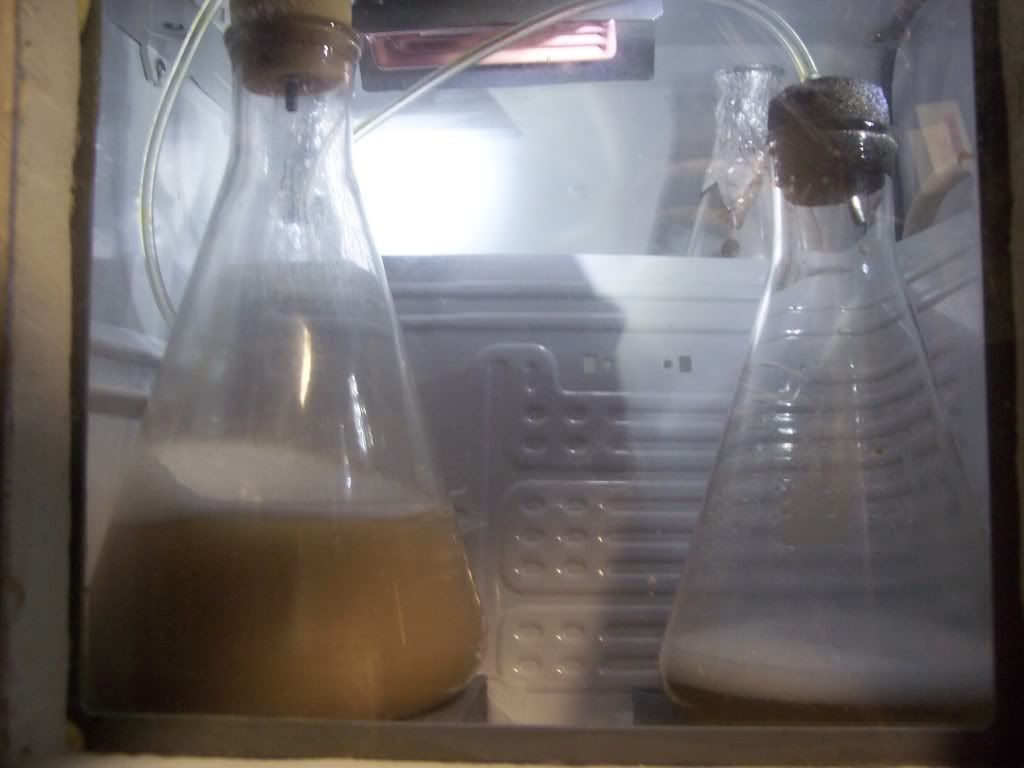bizarrojosh
Well-Known Member
So far I've been using bubble lock. I've found that out of 100 starters I make I inevitable find a fly/ant in the bubble lock in about 3% of them.
Basically I just want to know why a bubble lock isn't as good as an airlock. People say oxygen, but is there any science behind this? Sources?
Edit: Obviously yeast need oxygen to do their thing, but will 2 days in a sealed jar (bubble lock) vs a slightly sealed jar (tin foil/coffee filter) make any difference?
Basically I just want to know why a bubble lock isn't as good as an airlock. People say oxygen, but is there any science behind this? Sources?
Edit: Obviously yeast need oxygen to do their thing, but will 2 days in a sealed jar (bubble lock) vs a slightly sealed jar (tin foil/coffee filter) make any difference?





































![Craft A Brew - Safale S-04 Dry Yeast - Fermentis - English Ale Dry Yeast - For English and American Ales and Hard Apple Ciders - Ingredients for Home Brewing - Beer Making Supplies - [1 Pack]](https://m.media-amazon.com/images/I/41fVGNh6JfL._SL500_.jpg)





















